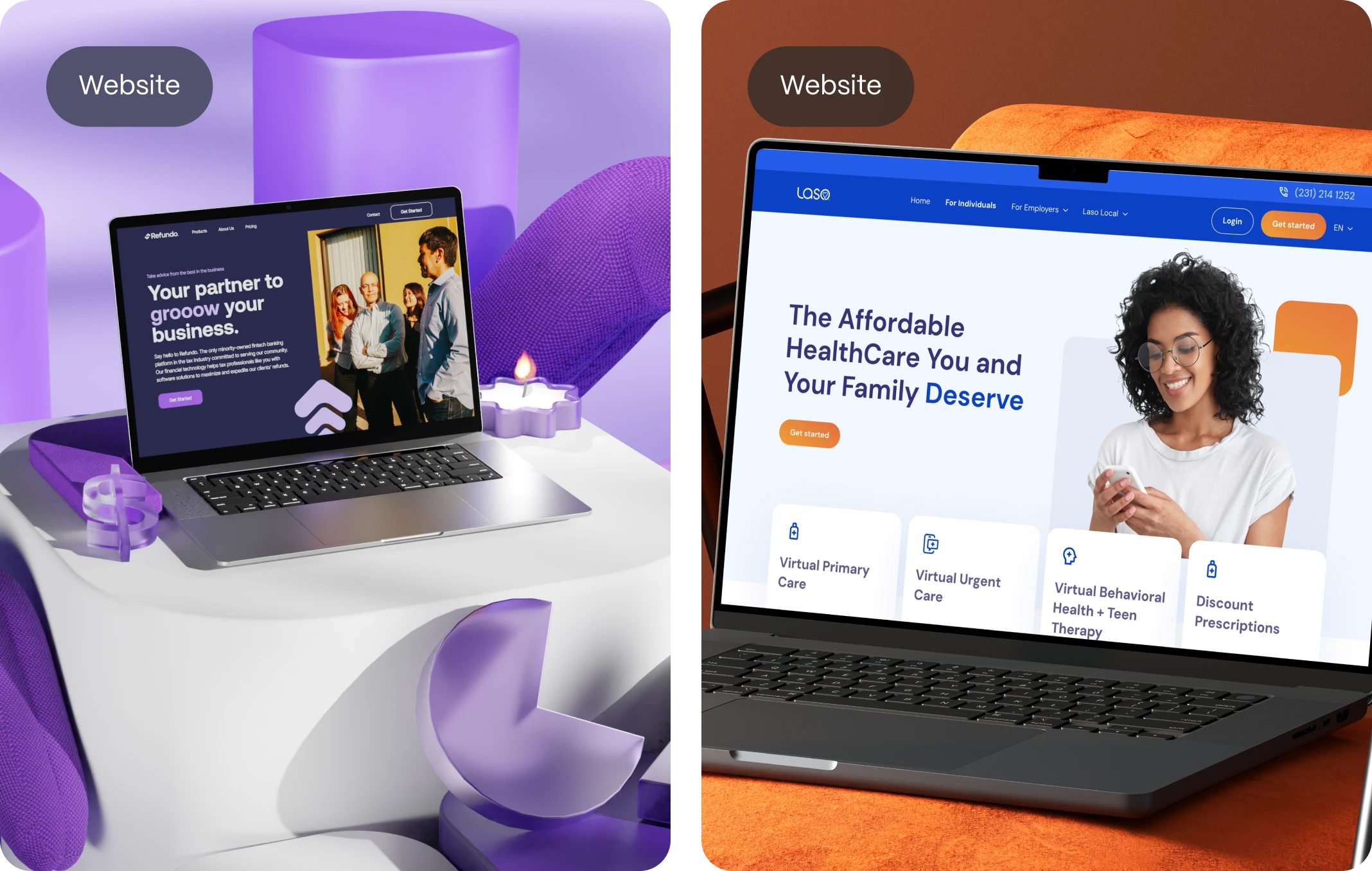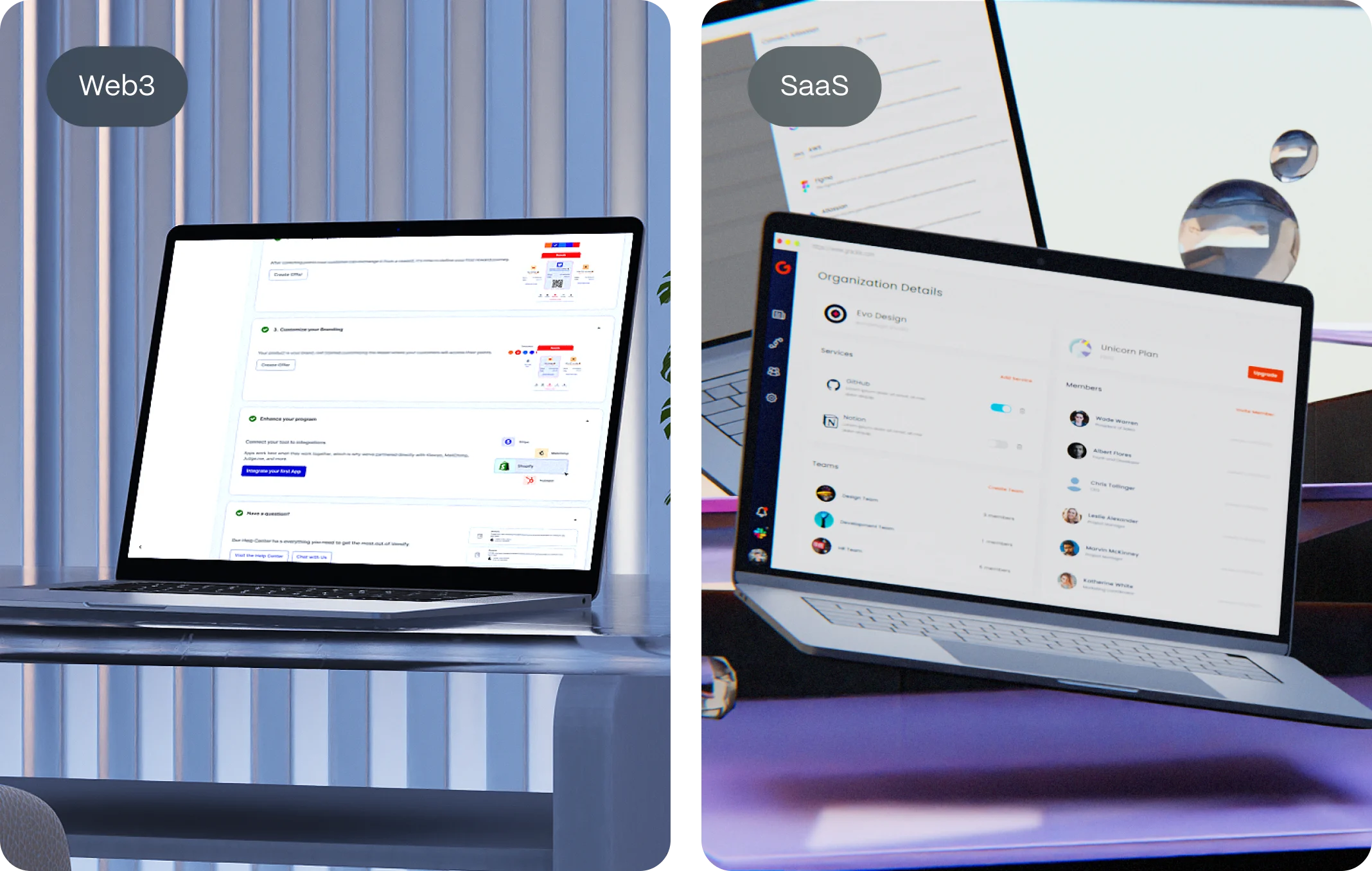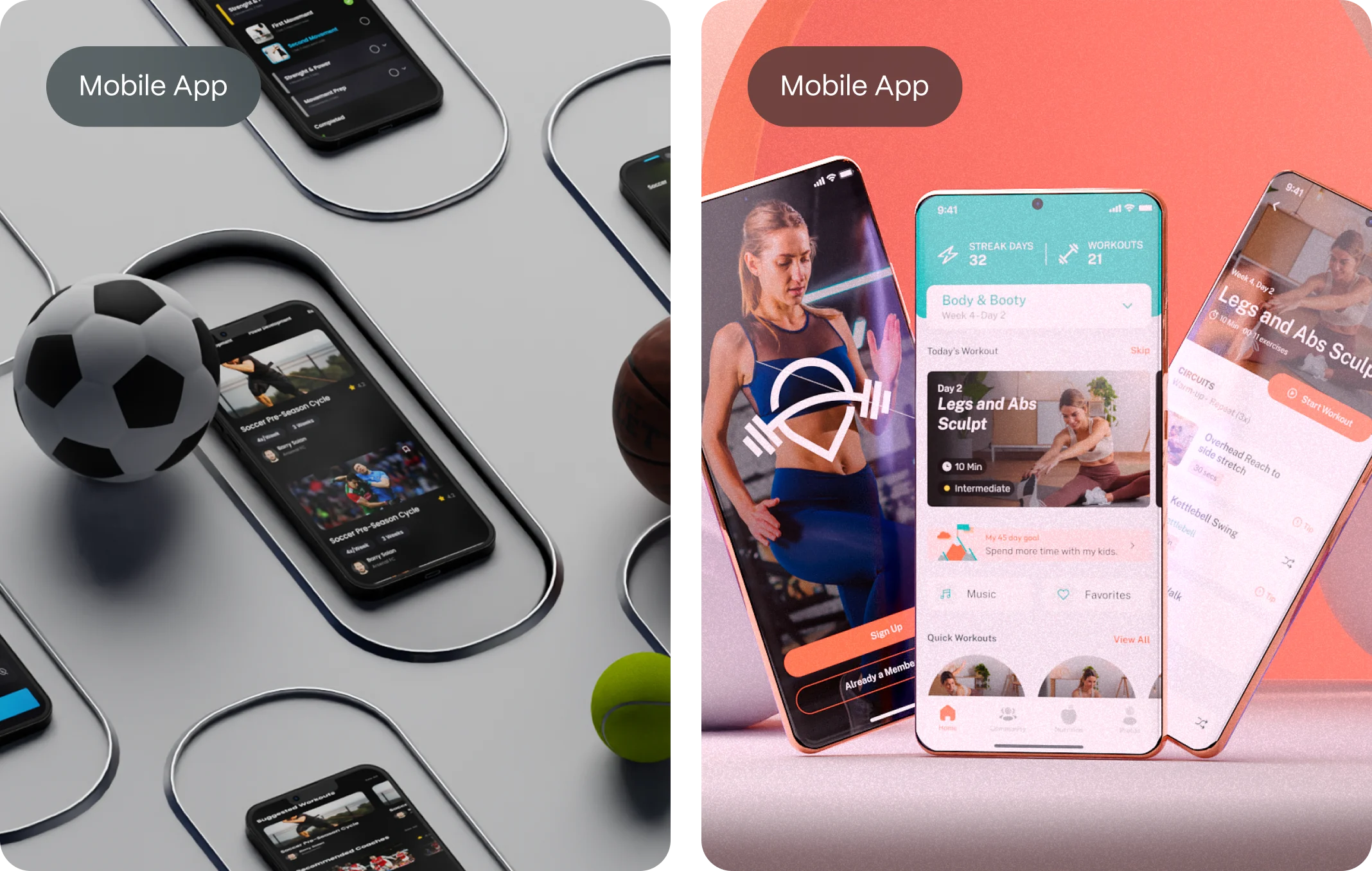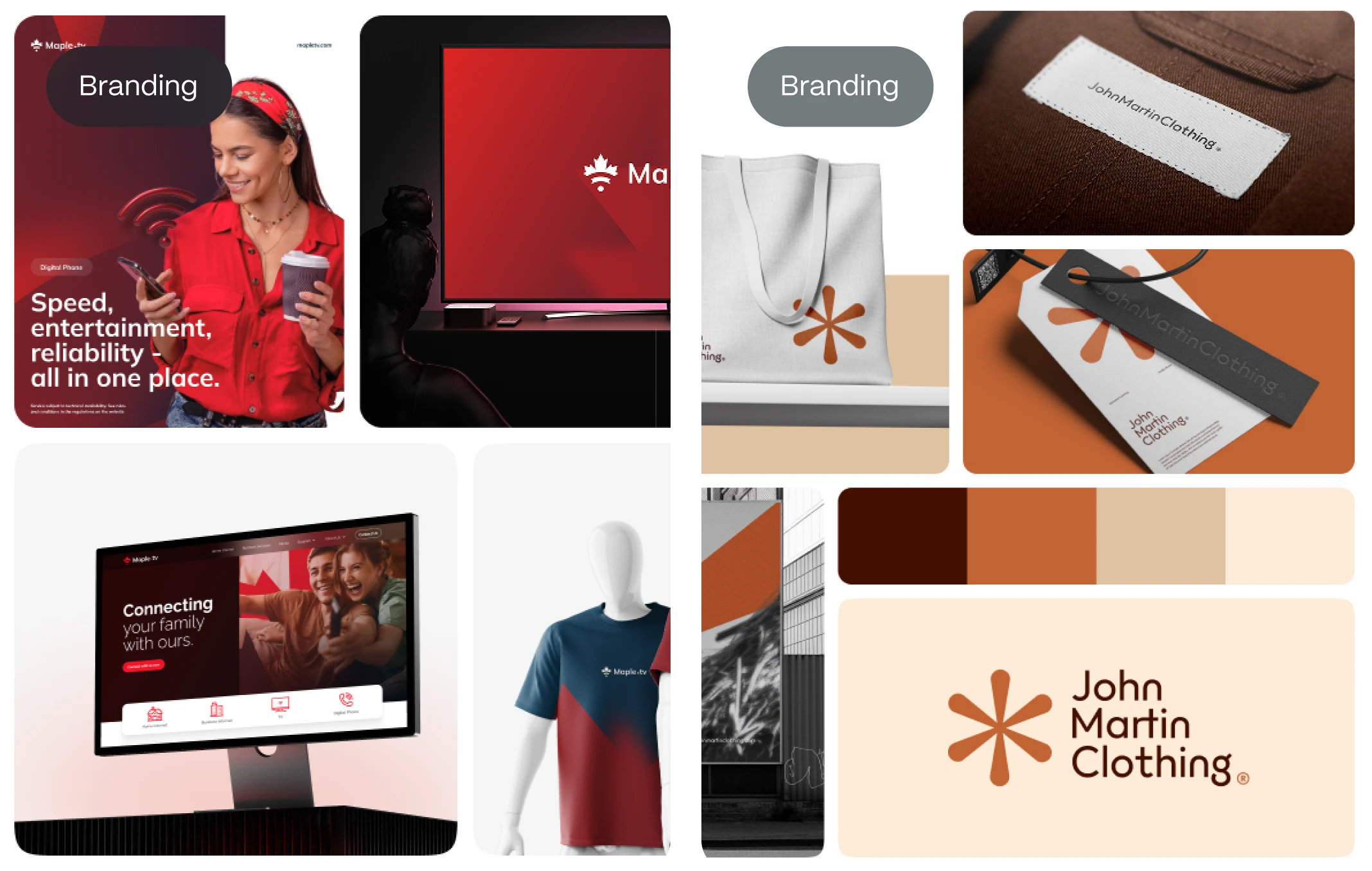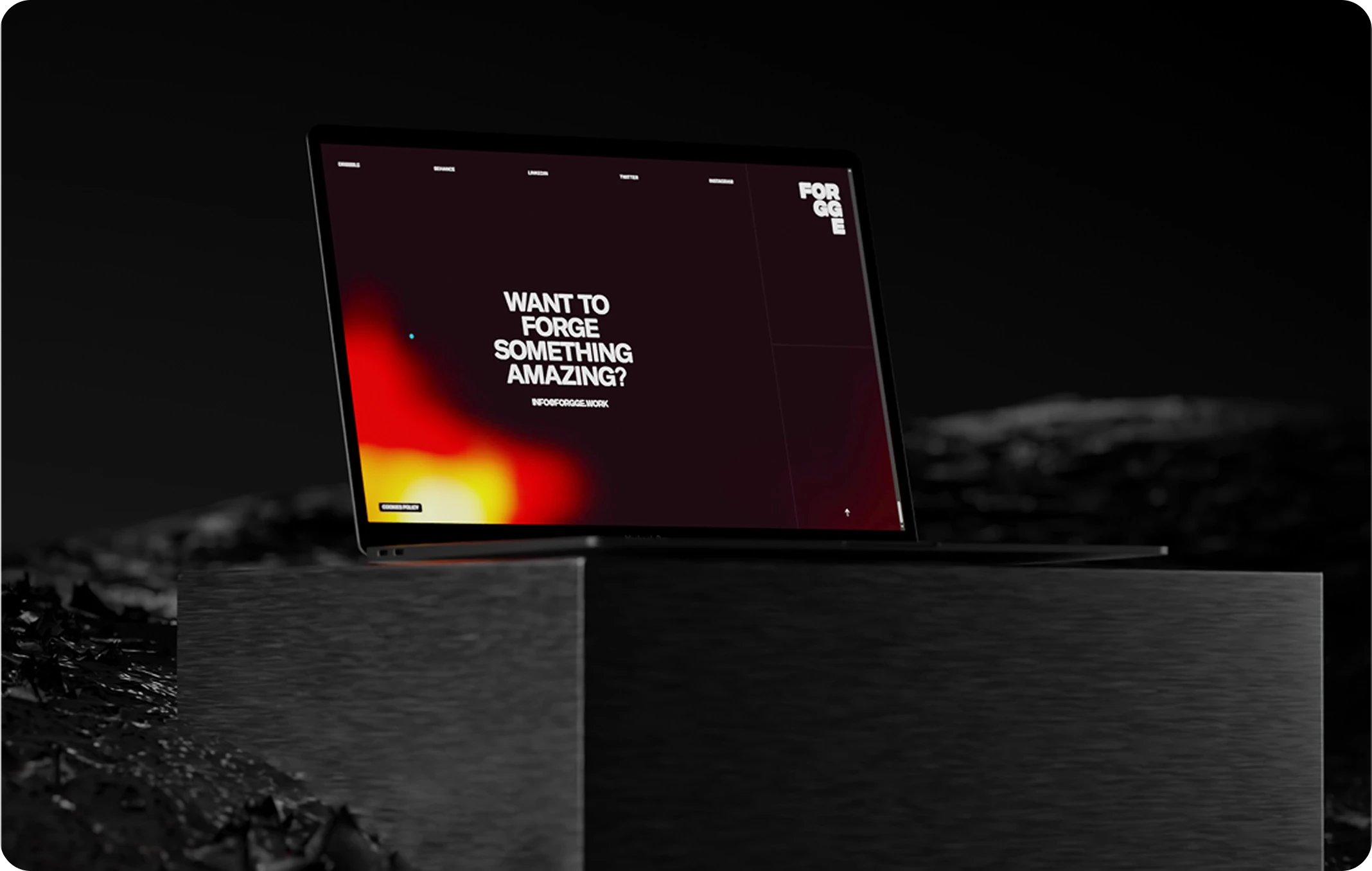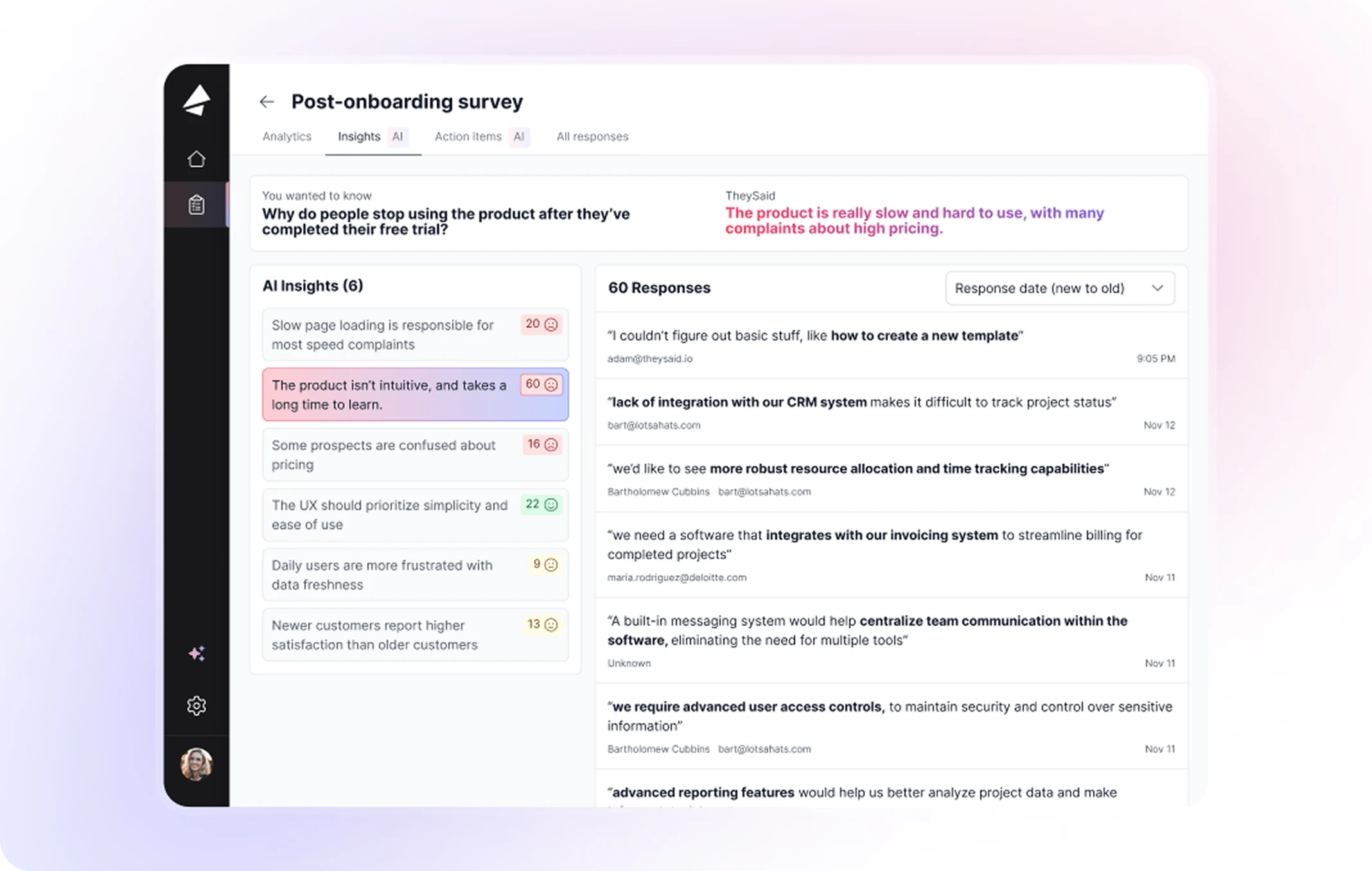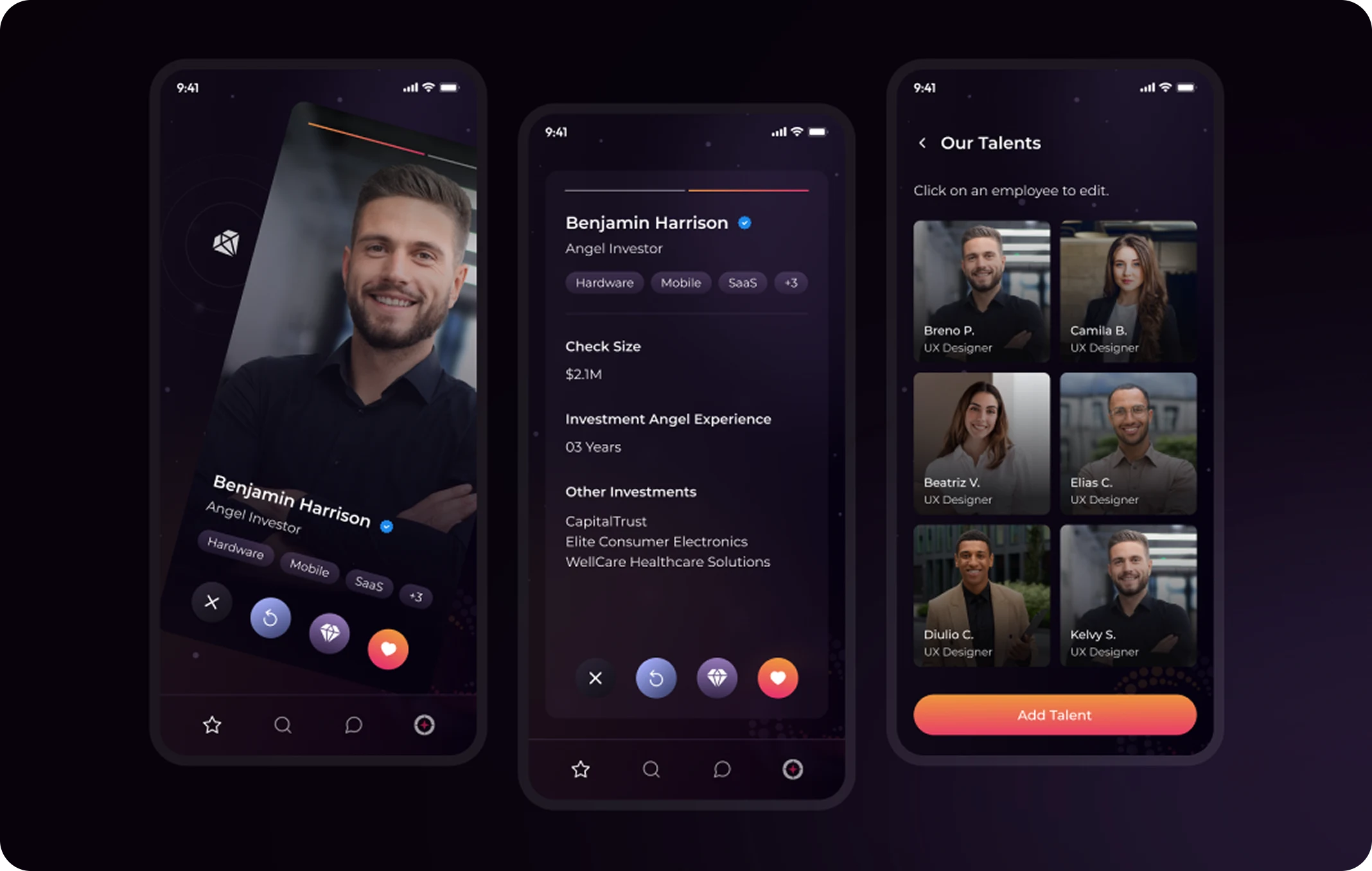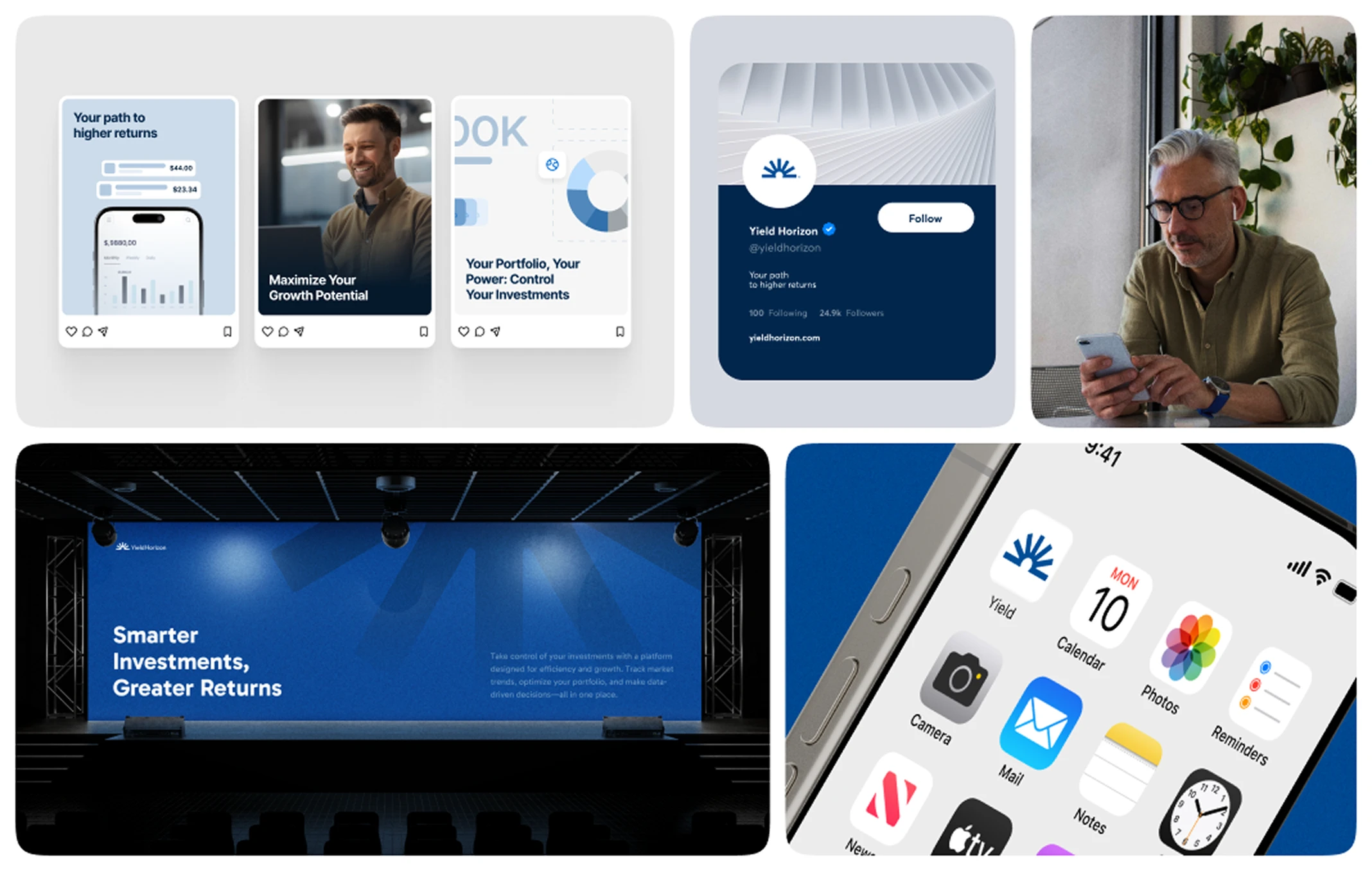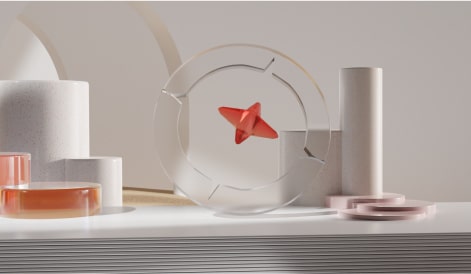Startups live and die by their ability to keep customers engaged and returning. Acquisition is costly, competition is fierce, and consumer expectations evolve rapidly. This is why customer loyalty is no longer just a “nice to have” but a core metric for growth. Loyal customers spend more, recommend more, and are less price-sensitive. According to Bain & Company, increasing retention rates by just 5% can boost profits by 25% to 95%.
This article explores what customer loyalty really means, how to measure it effectively, and the role of loyalty programs and consumer loyalty programs in building sustainable growth. Whether you’re a startup founder or scaling your brand, understanding loyalty is the key to transforming one-time buyers into long-term advocates.
What Is Customer Loyalty?
Customer loyalty is the degree to which customers consistently choose your brand over competitors, even when alternatives exist. It reflects trust, satisfaction, and emotional connection. Loyal customers don’t just return; they engage, defend your brand, and become organic promoters.
There are several types of loyalty:
- Behavioral Loyalty: When customers repeatedly purchase due to convenience or habit.
- Attitudinal Loyalty: When customers feel emotionally attached and identify with your brand.
- Combined Loyalty: The most powerful—when behavior and attitude align, driving repeat purchases and advocacy.
For startups, building loyalty means creating more than transactions. It’s about crafting experiences that make customers feel seen, valued, and understood.
Why Customer Loyalty Matters for Startups
Startups often focus heavily on customer acquisition. But loyalty drives long-term sustainability:
- Reduced Acquisition Costs: Acquiring a new customer costs up to 5x more than retaining an existing one. Loyalty programs reduce reliance on constant acquisition.
- Higher Lifetime Value (LTV): Loyal customers spend 67% more on average than new ones.
- Word-of-Mouth Growth: Consumers trust peer recommendations 2x more than ads. Loyal customers become advocates, fueling organic growth.
- Resilience in Competitive Markets: In industries like SaaS, e-commerce, or healthtech, loyalty differentiates brands beyond features or pricing.
How to Measure Customer Loyalty
Measuring loyalty goes beyond repeat purchases. Startups should use multiple metrics:
1. Net Promoter Score (NPS)
Measures the likelihood of customers recommending your brand on a scale of 0–10. Scores above 50 indicate strong loyalty.
2. Customer Retention Rate (CRR)
The percentage of customers retained over a period. High CRR indicates strong loyalty.
3. Customer Lifetime Value (CLV)
Calculates the revenue a customer generates over their relationship with your brand. Loyal customers raise CLV significantly.
4. Repeat Purchase Rate (RPR)
Percentage of customers who return for additional purchases.
5. Engagement Metrics
Frequency of interactions with emails, apps, or loyalty platforms.
By combining these indicators, startups can create a comprehensive picture of loyalty.
Loyalty Programs: Turning Strategy into Practice
Loyalty programs are structured systems that incentivize repeat business. They align with consumer psychology by rewarding positive behavior, making customers feel valued.
Types of programs:
- Points-Based Programs: Customers earn points per purchase (e.g., Starbucks Rewards).
- Tiered Programs: Unlock benefits at higher spending levels (e.g., airline frequent flyer tiers).
- Paid Memberships: Customers pay for exclusive benefits (e.g., Amazon Prime).
- Community-Based Programs: Access to experiences or communities (e.g., Sephora Beauty Insider).
The best consumer loyalty programs blend utility with emotional connection, making customers feel like insiders rather than just repeat buyers.
Consumer Loyalty Programs That Work
- Starbucks Rewards: Over 50% of Starbucks revenue comes from loyalty members. The app integrates ordering, payments, and rewards, creating seamless engagement.
- Amazon Prime: With over 200 million members, Prime is a paid loyalty program that increases retention by bundling shipping, entertainment, and exclusivity.
- Sephora Beauty Insider: More than 25 million members use this tiered program, which combines discounts with exclusive access to experiences and communities.
These examples show how programs combine technology, personalization, and brand experience to strengthen loyalty.
Strategies to Build and Maintain Customer Loyalty
- Personalization: Use data to tailor offers, communication, and experiences. Personalized recommendations increase conversion rates by up to 26%.
- Consistency Across Platforms: From website to app to customer support, your brand should feel unified. Inconsistency erodes trust.
- Customer-Centric Design: Build loyalty through seamless, intuitive design. Evo Design emphasizes user experience as a driver of loyalty.
- Feedback Loops: Listen actively. Implement surveys, reviews, and direct feedback to adapt quickly.
- Omnichannel Experiences: Customers expect integrated experiences across physical and digital touchpoints.
- Value-Driven Branding: Loyalty is stronger when customers share your values—whether sustainability, inclusivity, or innovation.
The Role of Design in Customer Loyalty
Design is not just aesthetics—it’s strategy. User-friendly interfaces, consistent branding, and engaging storytelling all shape loyalty.
- UX Design: Smooth navigation reduces churn.
- Brand Identity: Consistent visuals and tone reinforce trust.
- Storytelling: Emotional narratives foster attitudinal loyalty.
For startups, partnering with a design agency ensures loyalty is baked into every touchpoint—from landing pages to loyalty programs.
Future Trends in Customer Loyalty
- AI-Powered Personalization: Predictive offers and hyper-customized journeys.
- Blockchain Loyalty Programs: Transparent, transferable points and tokens.
- Sustainability-Based Loyalty: Rewards for eco-conscious behavior.
- Gamification: Turning loyalty programs into interactive, engaging experiences.
These trends will redefine consumer loyalty programs, giving startups opportunities to innovate.
FAQ
What is customer loyalty?
It’s the degree to which customers consistently return and advocate for your brand.
How do you measure customer loyalty?
Using metrics like NPS, retention rate, CLV, repeat purchase rate, and engagement.
What are loyalty programs?
3.
Structured systems that incentivize repeat purchases through points, tiers, memberships, or experiences.
Do consumer loyalty programs really work?
Yes. Programs like Starbucks Rewards and Amazon Prime show loyalty can drive significant revenue.
What are the risks of inconsistent branding?
5. What is the difference between loyalty programs and consumer loyalty programs?
Loyalty programs are general frameworks; consumer loyalty programs are specific strategies tailored to individual customer behaviors.
How can startups create loyalty programs on a budget?
Start with simple points-based systems, integrate with apps, and expand as your customer base grows.
Can design impact customer loyalty?
Absolutely. UX, consistent identity, and storytelling are critical to building loyalty.
What industries benefit most from loyalty programs?
Retail, SaaS, hospitality, food & beverage, and healthtech.
How often should startups measure loyalty?
Quarterly, with continuous monitoring of engagement and retention.
How does Evo Design help startups build loyalty?
We design branding, UX, and loyalty frameworks that drive customer retention and long-term growth.

